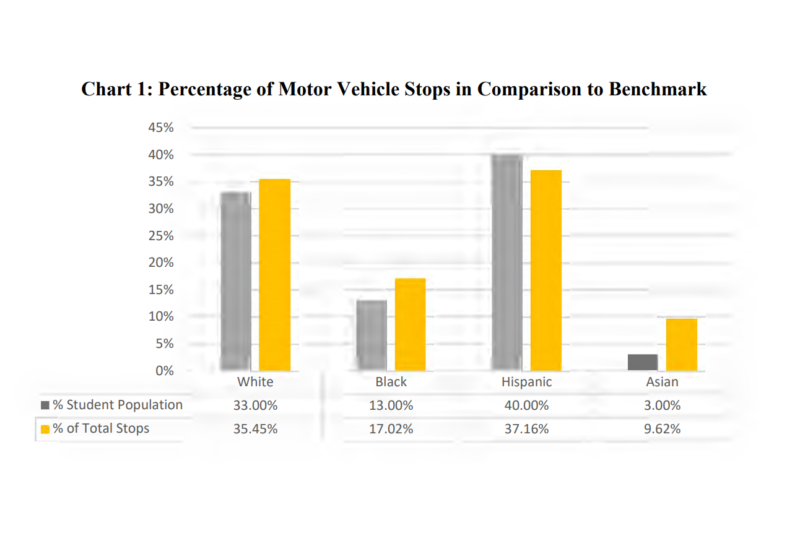UT Students Struggle to Cope with Police Killings of Young People of Color
By Dominique LaVigne
Reporting Texas TV
AUSTIN, Texas — In the last two weeks, police killed at least four young people of color: Daunte Wright in Brooklyn Center, Minnesota, Adam Toledo in Chicago, Anthony Thompson in Knoxville, and Ma’Khia Bryant in Columbus, Ohio.
All of the victims were under 21 years of age.
The deaths coincided with the trial of Derek Chauvin, a former Minneapolis Police Department officer convicted of the murder of African American George Floyd in May 2020. The sites of Floyd and Wright’s deaths at the hands of police are about 10 miles apart.
Sola Kantai, a journalism and public relations student at the University of Texas at Austin, thought of her family after seeing these traumatic deaths.
“My little brother just turned 16,” Kantai said. “He’s getting his driver’s license at the end of the month, and I just naturally live in a state of constant panic, I mean he’s a great great kid but how many of these victims are also great great kids?”
Kantai takes precautions to avoid police by following the speed limit and making sure her license, registration, and insurance are never expired.
“At this point, it’s not worth the risk, whether or not I’m in the wrong,” Kantai said.
Black drivers make up 17 percent of traffic stops made by UT law enforcement but only 13 percent of the UT System student population, according to the University of Texas System Police 2020 Racial Profiling Analysis.

Source: UT System Police 2020 Racial Profiling Report
The University of Texas Police Department works with Texas Athletics and BamFam, an organization created by former UT football players, to bridge the gap between law enforcement and at-risk youth.
Lt. Wayne Coffey and Lt. Jimmy Moore host events with athletes to educate them on how to respond when stopped by police. The officers said their talk helped a UT football player who was pulled over by the Austin Police Department and held him at gunpoint when he was mistaken for someone else.
“We’re advising them to turn on the interior lights, if they can. Put both hands on the steering wheel. Comply with what the officer says. The fight can’t be had out in the field,” Moore said.
UTPD officers marched with Longhorn athletes last summer during protests following the murder of George Floyd, and the department wants to continue its support of students of color by partnering with student organizations and taking students on ride-alongs.
Stephanie Dodoo, the Assistant Director of Diversity at the Counseling and Mental Health Center, said the frequency of officer-involved incidents can cause Black students to question their future, experience hypervigilance, and worry excessively.
“Witnessing these images by watching it again and again, even hearing these accounts are just creating just a lot of disruption for Black students,” Dodoo said. “It seems like it could be any of our Black students.”
Dodoo advises professors to assume their Black students are struggling to manage racial trauma. Instead of asking how they are doing, Dodoo encourages professors to offer help in the form of deadline extensions or referrals to the CMHC.
Kantai said she wants to feel support in her classes, especially at the end of an already difficult school year.
“It’s still really tough,” Kantai said. “2020 sucked but 2021 is not off to a great start yet so far, so just continue, not continue, start doing more for your students, especially vulnerable populations.”
Students struggling to manage racial trauma can schedule an appointment at MyCMHC. Walk-in identity-based discussion groups are also held on the fifth floor of the Student Services Building.